No land? No problem: How to homestead without a homestead
Published on April 16, 2025
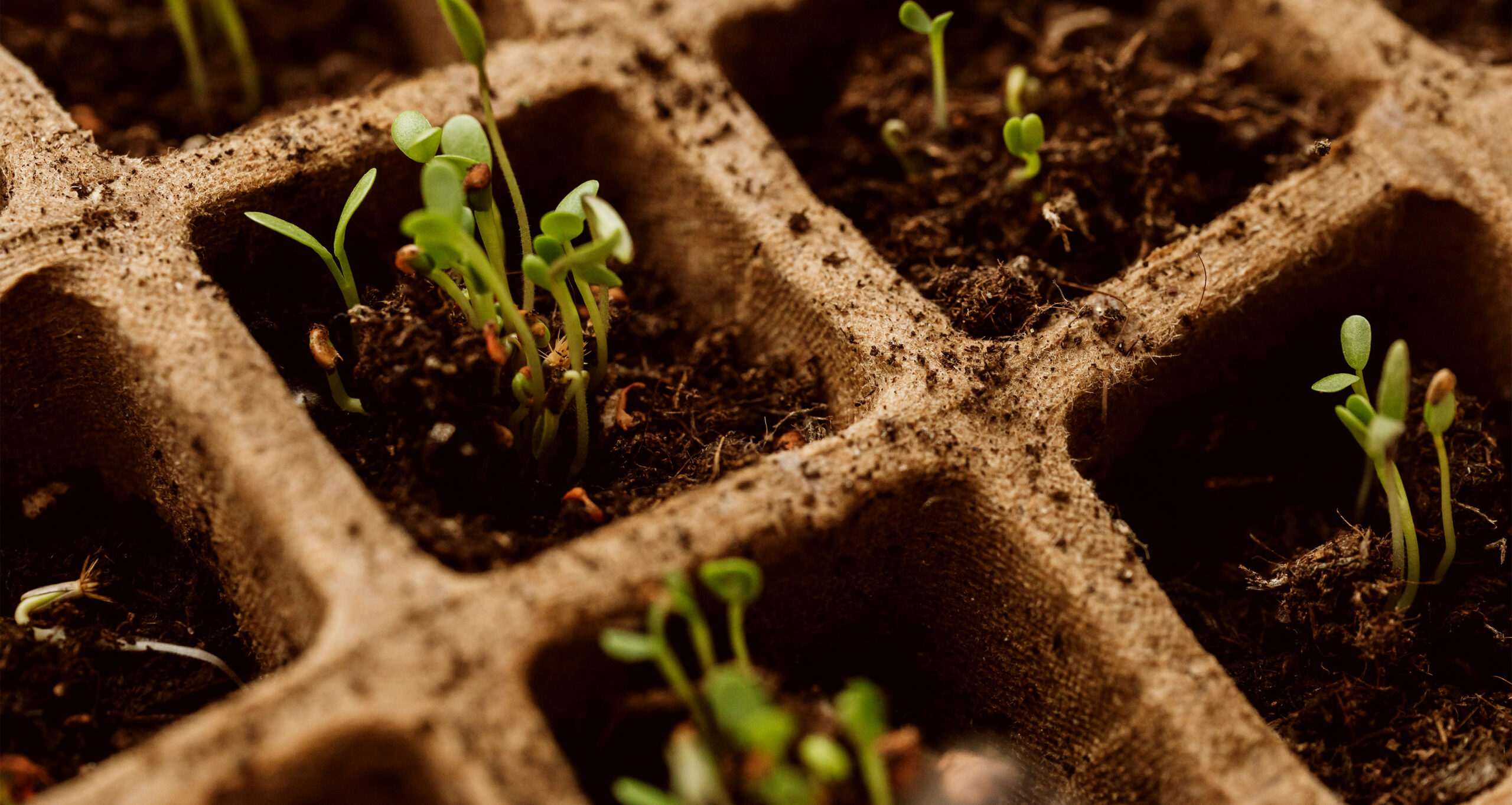
I often daydream about living on a little farmstead—acres of land, chickens clucking, maybe even a cow or a horse grazing nearby. In my vision, there’s a thriving garden, flowers blooming from spring to fall, and a kitchen window that looks out on our kids playing in the golden sunset.
This life isn’t just about aesthetics. It’s about intention—making things from scratch, growing food, working hard, and living simply. It’s a dream of slow, good, purpose-filled living.
But here’s the reality: I live in a two-bedroom city apartment with my roommate. My fiancé lives just down the street. We don’t have chickens—or even a porch. And yet, life is still good. Really good.
Still, I catch myself longing. Waiting for the future. For the land. The animals. The freedom.
But then it hits me: Why wait?
You don’t need land to live simply
Sure, I can’t keep chickens in the city. But there’s still a lot I can do to start living that slower, homestead-inspired lifestyle right now. And if you’re like me—stuck between the dream and reality—here are some simple, sustainable ways to start homesteading without a homestead.
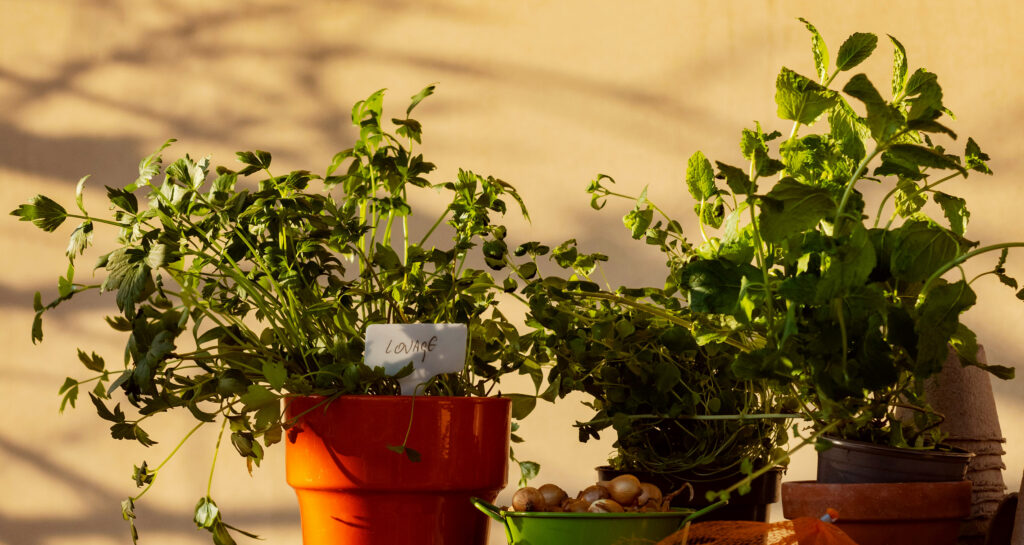
1. Grow herbs on your windowsill
No garden? No problem. All you need is a sunny windowsill.
Pick up a few pots and your favorite herbs—like basil, rosemary, or mint—from your local nursery or hardware store. Replant them in soil, water them regularly, and enjoy fresh herbs all year long. It’s a small step, but a powerful one. Plus, your kitchen will smell amazing.
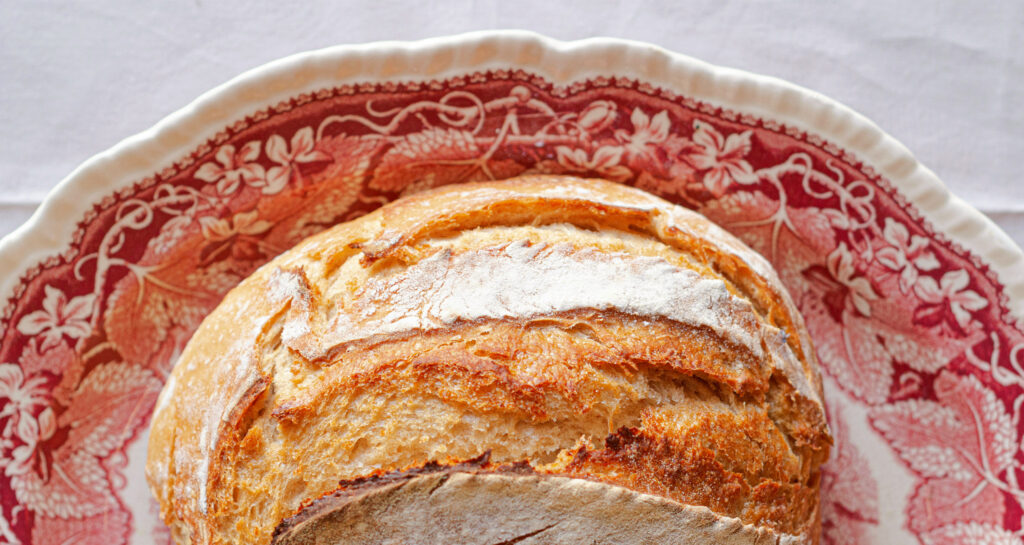
2. Make homemade staples (start simple)
A core part of the homesteading lifestyle is making things from scratch. But don’t overthink it—start small.
Choose one or two staples to make at home. For me, that was homemade bread and granola. Both are surprisingly easy to make and require just a few ingredients. More importantly, they helped me take control over what I was eating—less preservatives, more real food.
And remember: it’s not all or nothing. If your kids eat cereal by the box and you can’t keep up with homemade – don’t stress it. Choose what’s sustainable for your life.
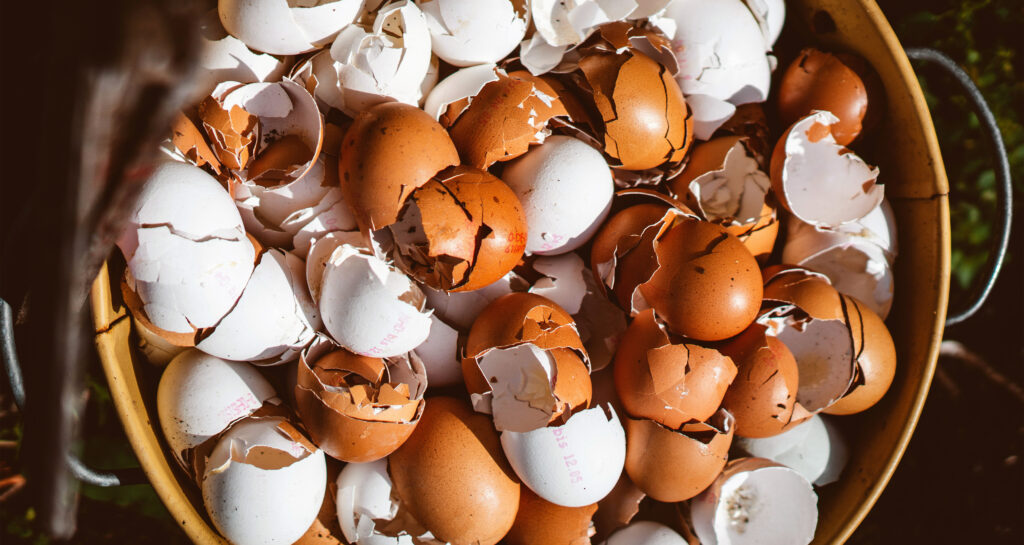
3. Compost (or get creative with food scraps)
Even if you don’t have a garden, you can still compost. Keep a bin on your kitchen counter, then search for local compost drop-off spots or pickup services.
Not into composting? Try scrap-saving instead:
- Freeze veggie scraps and meat bones for homemade broth.
- Soak citrus peels in vinegar to make natural cleaners.
- Dehydrate herbs or citrus zest for cooking.
These small efforts save money, reduce waste, and help you live closer to the earth, no matter where you are.
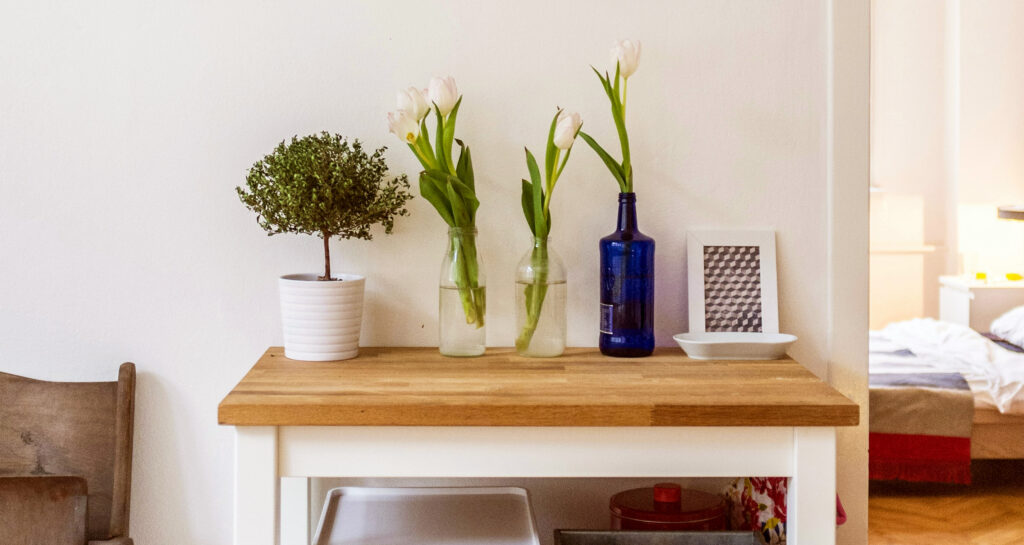
4. Repurpose and buy second hand
Take a look around your home. What could you repurpose instead of replacing?
A fresh coat of paint or new placement can breathe life into old decor. Rearranging picture frames, swapping out prints, or moving furniture between rooms can make everything feel new.
If you do need something new-to-you, try thrifting instead of impulse-buying online. It might take more time, but curating your home thoughtfully (and sustainably) makes it all the more meaningful.
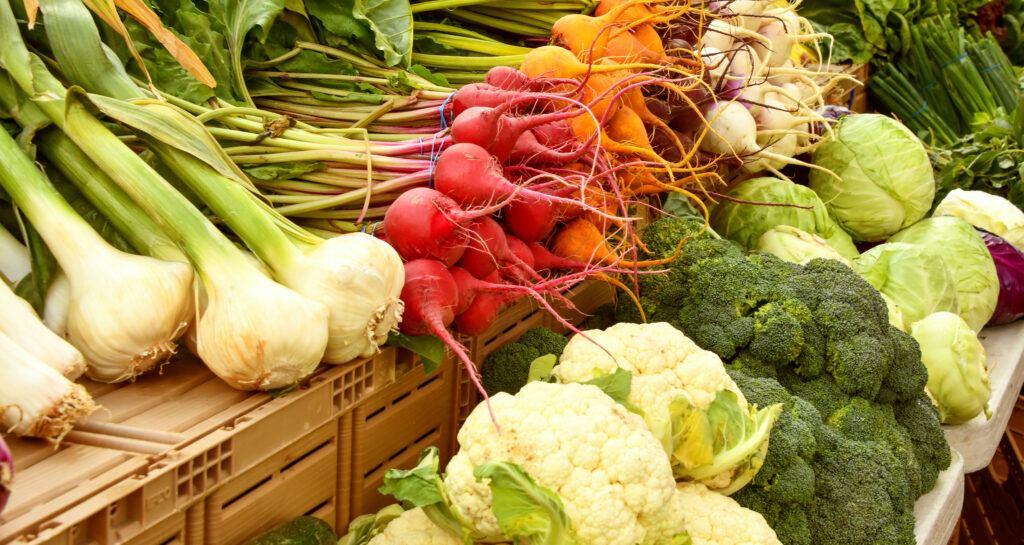
5. Shop local, eat seasonal
Visit your local farmers market when you can — many cities offer indoor markets even in the winter. Buying locally supports small farms, strengthens your community, and offers food that’s fresher, more nutrient-rich, and often more affordable.
Plus, you’ll build a deeper connection with the rhythms of the seasons and the people who grow your food.
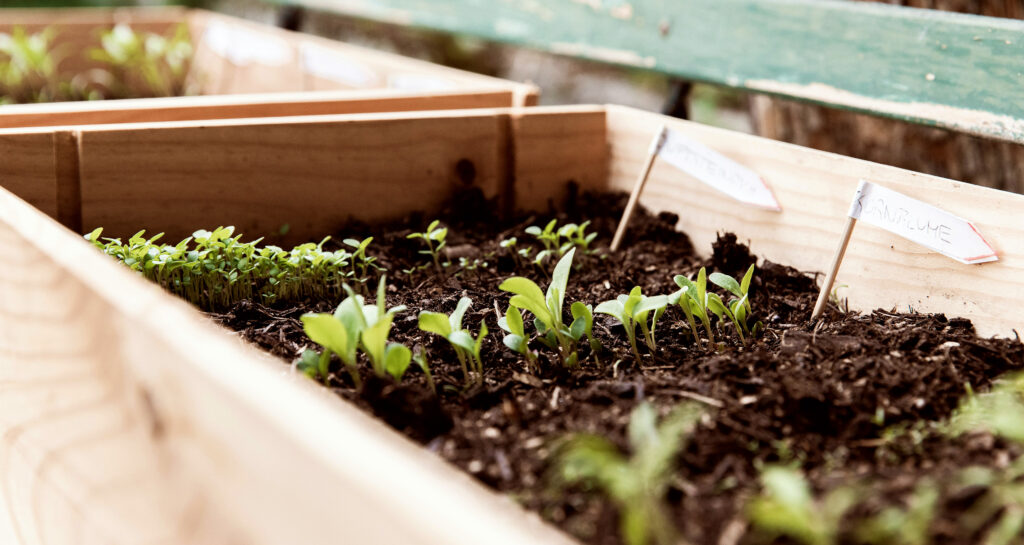
Start small, start now
Homesteading isn’t about being perfectly self-sufficient. It’s about being intentional—using what you have, wasting less, and living well.
Social media may tell us that homesteading means an Instagram-worthy farm and homemade everything. But real life? It’s messier—and more beautiful for it.
Don’t wait for the “perfect” time to begin. Start now, with what you can. One habit, one jar of sourdough starter, one windowsill herb at a time.




And what about no sunny windowsill either?
Grow lights can be more cute and decorative and help with the plants.